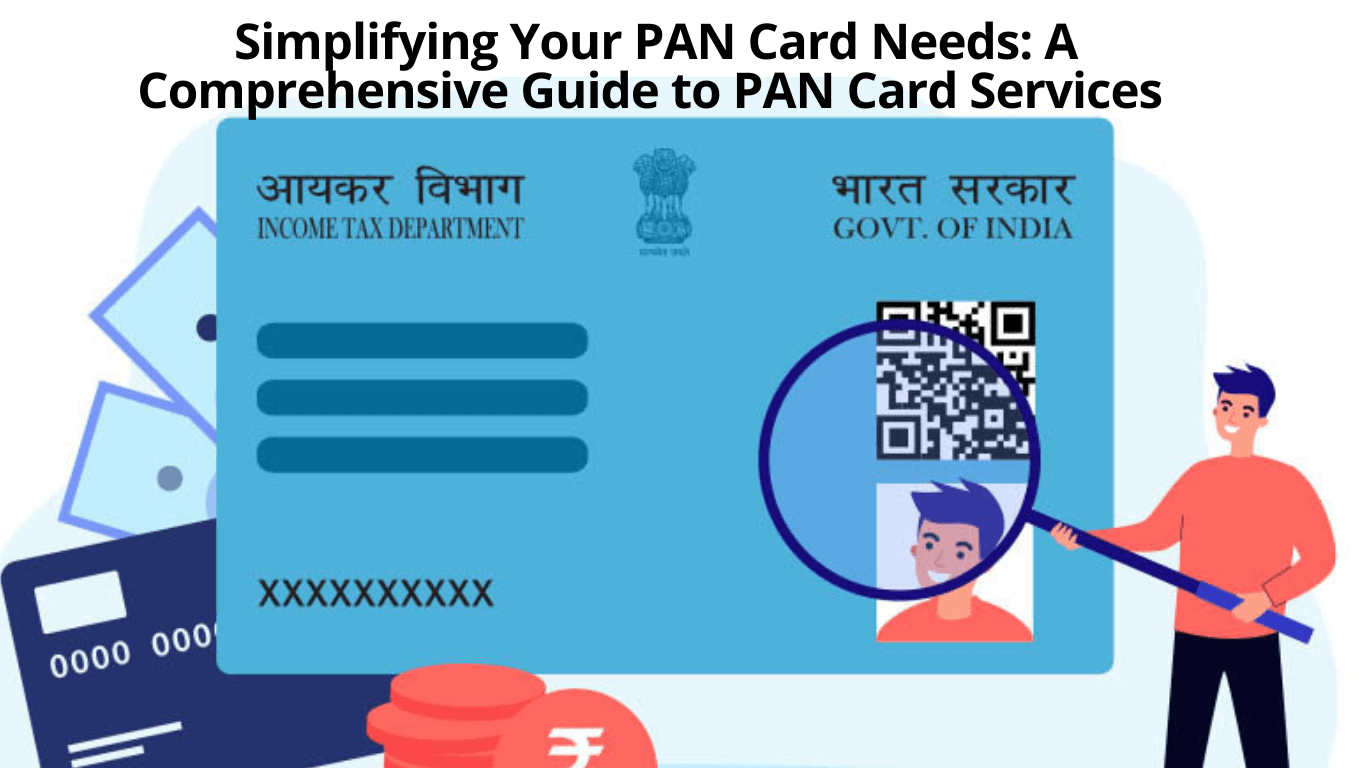Introduction:
The launch of Goods and Services Tax (GST) in India was a landmark moment in the country’s economic history. GST has been designed to create a single, unified market for goods and services across the country. One of the key features of GST is the concept of e-invoicing.
Under GST, businesses are required to generate invoices electronically and submit them to the GST Network (GSTN). This is aimed at reducing compliance burden, curbing tax evasion and ensuring a seamless flow of input tax credit. In this article, we will take a detailed look at E-invoicing under GST.
Table of Contents:
1. What is E-invoicing under GST?
2. Who is Required to Generate E-invoices under GST?
3. What are the Key Benefits of E-invoicing under GST?
4. What are the Key Challenges with E-invoicing under GST?
5.Conclusion
1. What is E-invoicing under GST?
E-invoicing, also known as electronic invoicing, is the process of generating invoices in a structured digital format and submitting them to a central repository. Under GST, businesses are required to generate e-invoices for all B2B (business-to-business) transactions. The government has specified a set of standards that businesses need to follow for generating e-invoices.
2. Who is Required to Generate E-invoices under GST?
As per the GST law, all businesses with a turnover of more than Rs. 100 crore are required to generate e-invoices for their B2B transactions from 1st October 2020. For businesses with a turnover of less than Rs. 100 crore, the government has notified a phased rollout of e-invoicing. From 1st January 2021, businesses with a turnover of more than Rs. 50 crore will be required to generate e-invoices. From 1st April 2021, the threshold will be further reduced to businesses with a turnover of more than Rs. 20 crore.
3. What are the Key Benefits of E-invoicing under GST?
There are multiple benefits of e-invoicing under GST, both for businesses and the government.
– Reduced Compliance Burden:
E-invoicing will help businesses save time and effort on compliance. Instead of preparing invoices manually, businesses can now generate them electronically. This will reduce the compliance burden and help businesses focus on their core operations.
– Curbing Tax Evasion:
E-invoicing will help the government curb tax evasion. With all invoices being stored in a central repository, it will be easier for the authorities to track and trace transactions.
– Seamless Flow of Input Tax Credit:
E-invoicing will help ensure a seamless flow of input tax credit. With invoices being submitted electronically, businesses will be able to track their input tax credit easily. This will help businesses save on costs and improve their cash flow.
4. What are the Key Challenges with E-invoicing under GST?
While e-invoicing under GST has many benefits, there are also some challenges that need to be addressed.
– Technical Challenges:
The biggest challenge with e-invoicing is the technical infrastructure required for implementing it. businesses will need to invest in software and hardware for generating and storing invoices electronically.
– Lack of Awareness:
There is a lack of awareness about e-invoicing among businesses. Many businesses are not aware of the benefits of e-invoicing and the technical requirements for implementing it.
– Implementation Challenges:
There are also some challenges with the implementation of e-invoicing. The government has notified a phased rollout of e-invoicing, which might create confusion among businesses.
Read useful more related content: Payroll software
5. Conclusion
E-invoicing under GST is a positive step towards simplifying compliance for businesses. It will help reduce the compliance burden and curb tax evasion. However, there are some challenges that need to be addressed for the successful implementation of e-invoicing.









